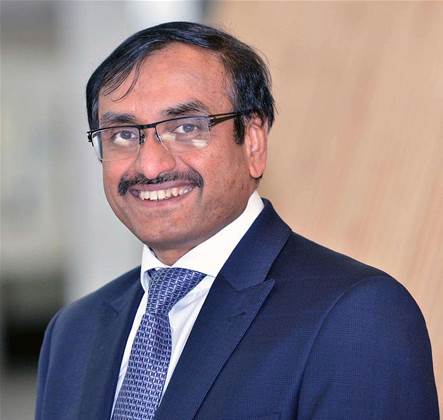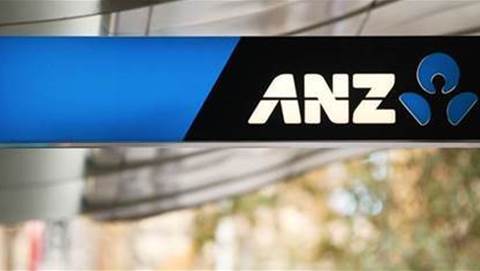Australia's Department of Defence has taken the first tentative steps in an estimated five to seven-year journey towards completely overhauling the agency's business processes, using ERP as a centrepiece.

Earlier this month Defence - one of the country's largest IT shops with a $1.3 billion annual IT budget - signed a $6.3 million, five-month contract with Deloitte to map out a pathway to business process standardisation, enabled by ERP.
The main driver for the project emerged at the end of last year when the heads of three Defence businesses - finance, logistics and IT - were all complaining about fragmented business processes, Defence CTO Mohan Aiyaswami told iTnews.
Finance alone has 72 different procure to pay processes, he said while the CIO group deals with an IT application landscape of over 3000.
"Each business is using a system that helps them and their business processes, but it doesn’t give the full picture. We have plenty of systems, but I wouldn’t characterise any of them as an ERP that is integrated and visible," Aiyaswami said.
"We realised there is a need for standardising, rationalising our business processes so that we’ve got a uniform way of doing certain things.
"We got a bunch of people involved in workshopping the concept, which resulted in us agreeing that we had quite a good opportunity to rationalise and consolidate several business processes for finance, logistics, engineering and maintenance."
This initial brainstorming session led the business leaders to conclude a standardised ERP platform could achieve the outcome they desired.
"It’s not going to be one big monolithic ERP for the whole of Defence, that’s not quite practical," Aiyaswami said.
"But we would like to have logistics, finance, engineering and maintenance business processes - once they are standardised - to be enabled by a consolidated ERP system."
The agency is currently in the process of fleshing out what this ERP landscape will look like. It plans to have a clearer picture by July when the initial design exercise wraps up.
Aiyaswami expects Defence will end up having one consolidated ERP solution with a few satellite systems to cater to the processes needed by some teams that don't come out of the box with the chosen product.
The department will, however, try as hard as possible to use the off-the-shelf processes and avoid customisations, he said.
"I wouldn’t say one ERP system would solve every problem. We hope a consolidated ERP system would cater for at least 80 to 90 percent of processes, and then some other systems would be used to cater to others."
Defence will try to get more use out of its enterprise service bus - IBM's InfoSphere - to ensure it has a "strong integration backbone" that can work with some of the other satellite systems.
"The technology is in place, but we need to actually look at how we integrate applications in a way that will allow processes to be automated, not just for data to be transferred," Aiyaswami said.
Despite being early on in the transformation program, Aiyaswami is already adamant that once work is underway, functional drops must be delivered every six months.
"What we don’t want is to embark on a typical ten-year implementation where we go away for a decade and then one day we tell you a brand new system has arrived," he said.
"That won’t work, and we don’t want to do that. We want to do it in an iterative way so every six months we deliver something to the business."
Overhauling the way Defence approaches its business processes was one of a list of items identified in the Government's recent "first principles" review.
The report was scathing in its assessment of the Defence environment. It identified a "proliferation of structures, processes and systems with unclear accountabilities" which had caused "institutionalised waste, delayed decisions, flawed execution, duplication, over escalation of issues for decision and low engagement levels" amongst some staff.
It said inadequate interoperability between platforms - alongside a "costly and complex application landscape" - had impacted on operational effectiveness, noting information management has been a persistent challenge for Defence.
The standardisation of business and information processes was among a number of recommendations made by the report to ensure the department shifted from the currently "inefficient, federated approach" into a single, integrated organisation.


.png&h=140&w=231&c=1&s=0)






.png&w=100&c=1&s=0)

 iTnews Benchmark Security Awards 2025
iTnews Benchmark Security Awards 2025
 Digital Leadership Day Federal
Digital Leadership Day Federal
 Government Cyber Security Showcase Federal
Government Cyber Security Showcase Federal
 Government Innovation Showcase Federal
Government Innovation Showcase Federal
 Digital NSW 2025 Showcase
Digital NSW 2025 Showcase












_(1).jpg&h=140&w=231&c=1&s=0)



